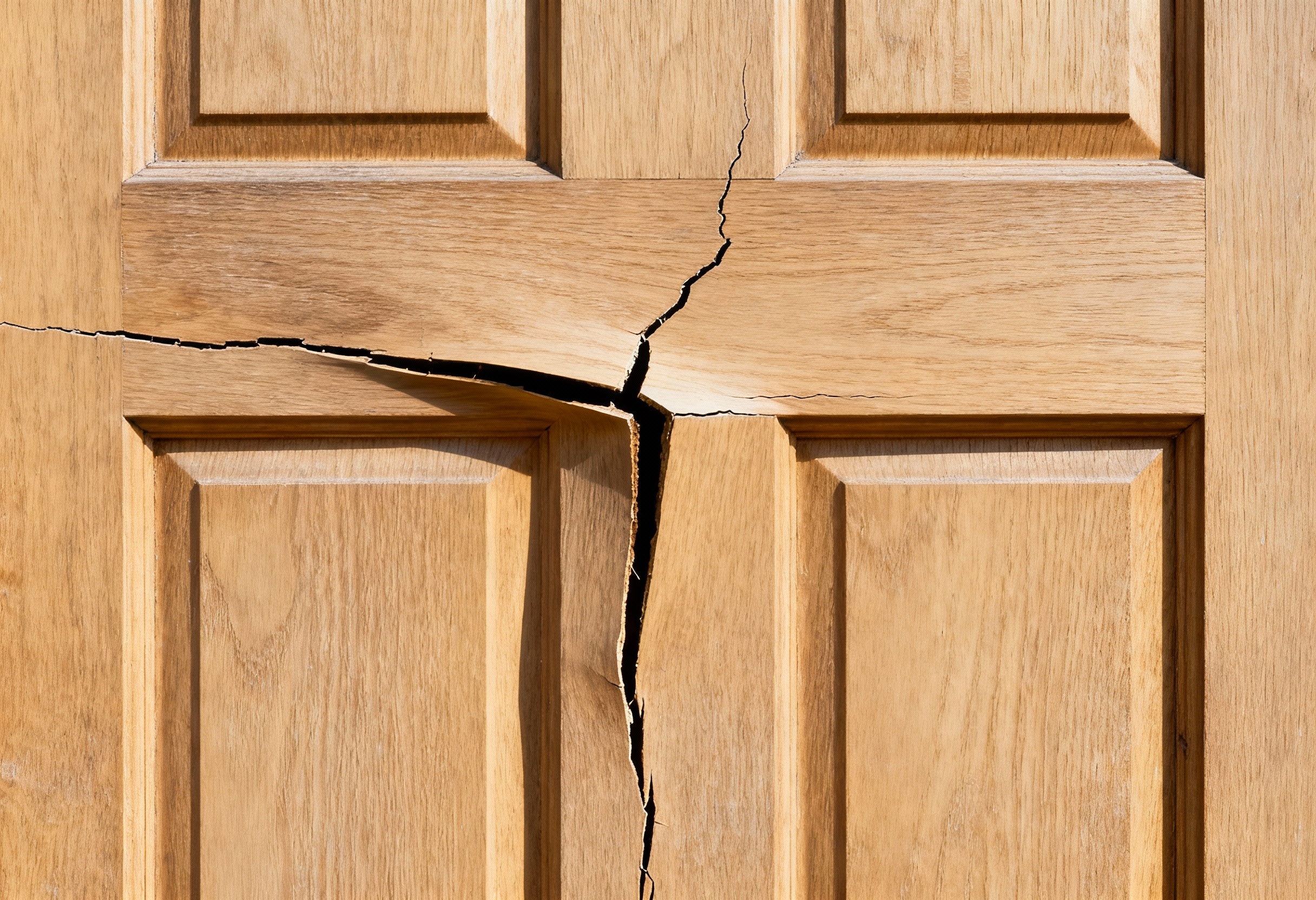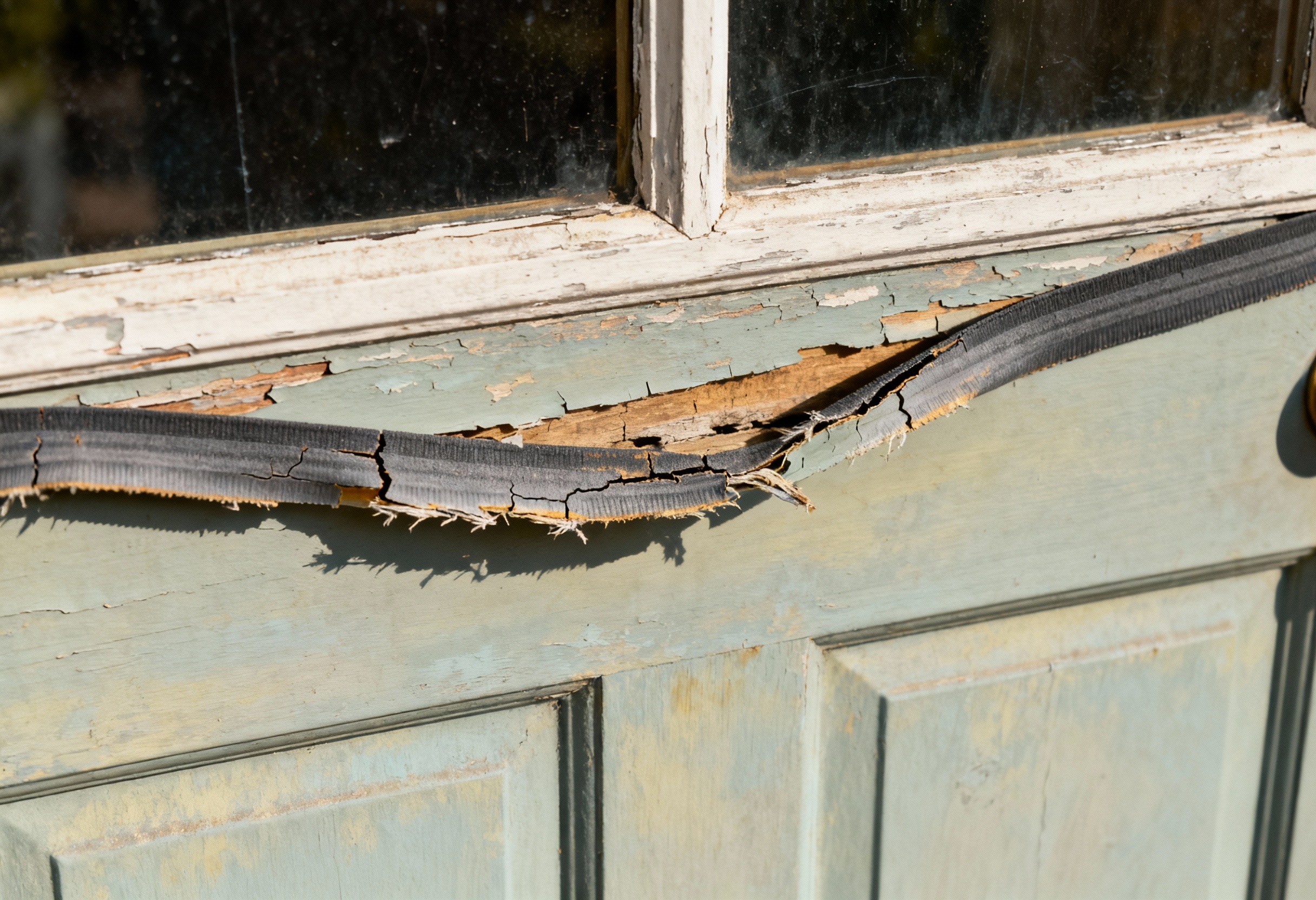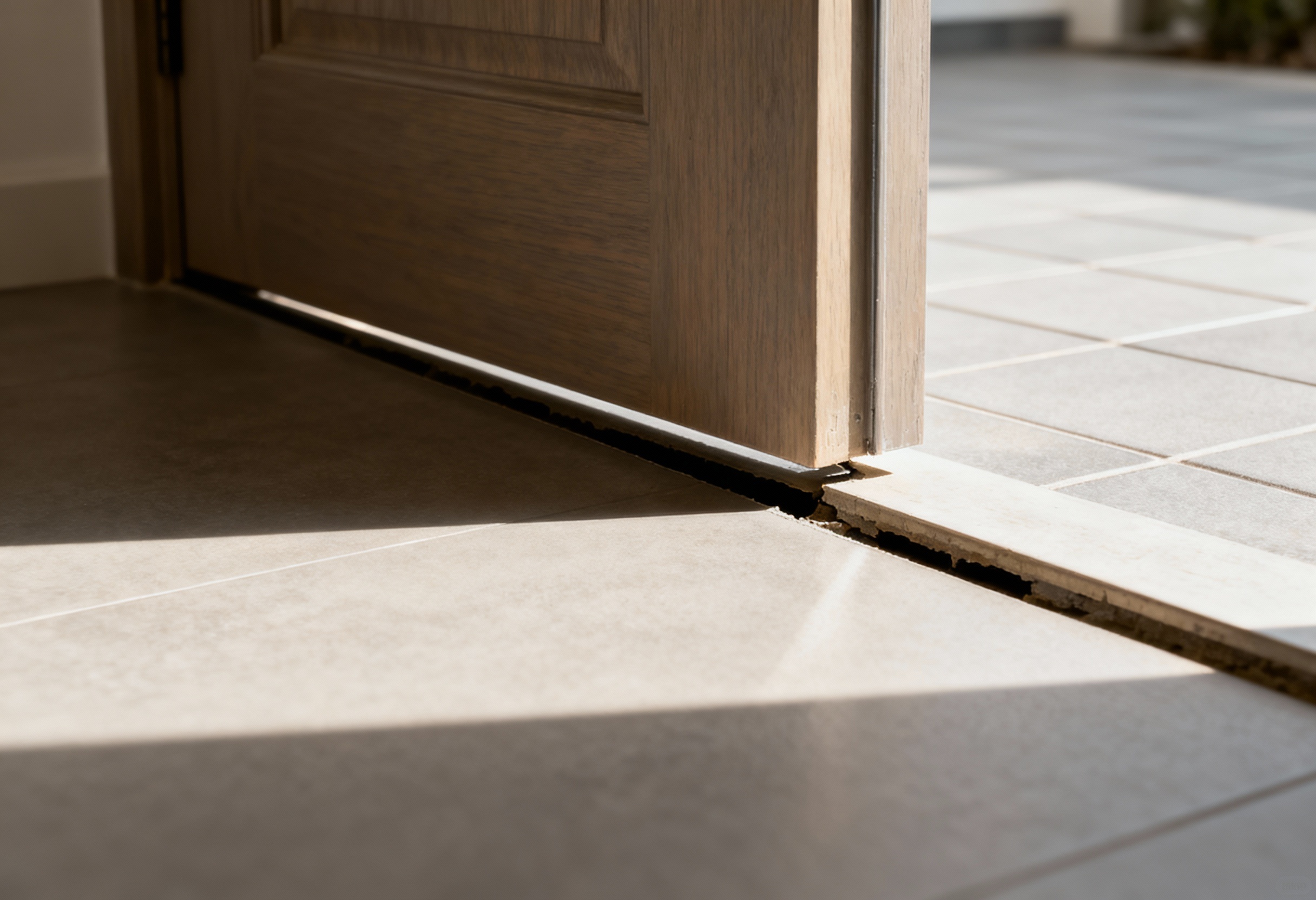Your Door Is Letting in More Than Guests: How to Tell If It’s Time to Replace It
Oct 15th 2025
Homeowners often focus on windows, roofs, and insulation when cutting energy loss, but the front door is a major source of leaks, drafts, and structural degradation. A door that no longer seals properly, warps, sags, or squeaks isn’t just an inconvenience: it lets outside elements, pests, and unwanted airflow into your home. Over time, these issues compound, making your HVAC system work harder and undermining comfort, security, and efficiency. In this article, we’ll walk you through the common signs that your door may be failing, and help you decide whether repair will suffice or if replacement is the smarter long-term choice.
Warping, Sagging, and Structural Drift

One of the most visible signs of door failure is warping. Wood and composite doors expand and contract with humidity and temperature changes; over time, this leads to distortion. Warped doors no longer close flush, leaving gaps or catching on the frame. According to Woodworkingly, warping allows drafts and moisture in, undermining insulation and structural integrity. In milder cases, doors may be coaxed back into alignment with moisture and weight techniques, but severe deformation usually signals it’s time for a full replacement.
Another indicator is sagging or drift where the top corner of the door pulls away from the frame, this is often a hinge or frame alignment issue, and persistent misalignment can worsen over time.
Drafts, Air Leaks & Faded Seals
A telltale sign that your door is underperforming is feeling a draft or seeing daylight around the edges. Worn weatherstripping, failing door sweeps, and compressed seals are frequent culprits. One home improvement guide points out that worn or cracking weatherstripping is among the leading reasons for drafty doors. You can test for leaks by closing the door on a piece of paper and trying to pull it out, or by running your hand around the frame on a windy day. Persistent air infiltration not only diminishes comfort but can raise your heating or cooling bills significantly.

Thresholds also play a key role: cracks or gaps under the door let air in, moisture in, and often go unnoticed until damage is evident. Failing thresholds or frame gaps may sometimes be patched, but if the door was never sealing well, replacement yields better long-term performance.
Creaks, Sticks & Misalignment
Has your door become a workout? When opening or closing feels heavier than it should, or the door “sticks” in spots, something is off. Misaligned hinges, loose screws, and shifting frames are common sources of this difficulty. HappyHouse Home Service lists difficulty opening or closing, along with warping and visible surface damage, among the signs your door should be inspected or replaced. A squeal or persistent creak, even after lubrication, may indicate deeper structural stress. While minor friction spots can often be corrected, widespread sticking or resistance suggests that the door no longer fits its frame properly.
Cracks, Splits, Fading & Wood Deterioration
Surface damage is more than cosmetic. Cracking paint, splintering wood, or deep discoloration often signal that the door’s protective finish has failed, exposing it to moisture, decay, or insect damage. These flaws often worsen, allowing rot, warping, and core degradation to spread. Once the door’s materials are compromised, patching is a short-term fix at best. When the core or substrate is affected, replacement is typically wiser than repeated repairs.
Poor Insulation, High Energy Bills & Comfort Loss

One of the costliest symptoms of a failing door is the steady drain on energy. If your home struggles to maintain temperature near the entry, or you notice your HVAC running more than normal, your door may be the weak link. Drafts, gaps, and thin construction all contribute. As Exovations warns, drafty doors let outside air in, making the system work harder and driving up bills. Even after patching trim or resealing, if large sections remain inefficient, investing in a modern insulated model will likely pay off long-term.
When DIY Patches Fail: Knowing When to Replace
Not all issues demand a full replacement. Tightening hinges, replacing weatherstripping, or adjusting alignment may restore function. But if multiple signs appear, warping, deep splits, persistent drafts, structural misalignment, and ongoing discomfort, odds are the door has outlived repair. A new door not only restores seal and security but comes with better thermal performance, warranties, and design integrity.
At Knockety, our doors are constructed to resist warping, seal tightly, and endure real-world use. Choosing a high-quality door now means you escape years of patchwork repairs and enjoy dependable performance from day one.
Don’t Let Your Door Betray You
Your front door should be a steadfast guardian, not a liability. If it’s warping, creaking, leaking air, or failing surface protection, listen to what it’s telling you. Start with a diagnostic check, light around edges, feel drafts, observe misalignment, then evaluate whether repair or replacement makes sense. When the time comes to replace, choose a door engineered for durability, insulation, and aesthetics, one that restores security, comfort, and value. Explore our Knockety front doors to find the perfect balance of beauty and performance.
